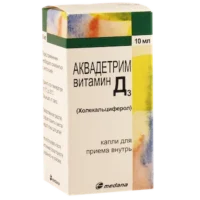Description
Neurobex NEO (B vitamins) Capsules №60
Ingredients
- Neurobex NEO capsules contain a combination of essential B vitamins including B1 (thiamine), B6 (pyridoxine), and B12 (cyanocobalamin).
- These vitamins play a crucial role in maintaining nerve function, supporting energy production, and promoting overall neurological health.
Dosage
- The recommended dosage of Neurobex NEO capsules is one capsule daily, preferably with a meal.
- It is important not to exceed the recommended dose unless advised by a healthcare provider.
Indications
- Neurobex NEO capsules are indicated for individuals with B vitamin deficiency due to poor dietary intake, medical conditions, or to support neurological health.
- These capsules can help improve nerve function and boost energy levels.
Contraindications
- Individuals with a known hypersensitivity to any of the ingredients in Neurobex NEO capsules should avoid taking this supplement.
- Consult a healthcare provider before starting any new supplement regimen.
Directions
- Take one Neurobex NEO capsule daily with water, preferably with a meal for better absorption.
- Follow the recommended dosage and do not exceed the daily intake without healthcare professional advice.
Scientific Evidence
- Studies show that B vitamins in Neurobex NEO capsules help maintain cognitive function and nerve health.
- Research indicates B vitamin supplementation can improve cognitive function in older adults (International Journal of Geriatric Psychiatry).
Additional Information
- Neurobex NEO capsules are manufactured to strict quality standards for purity and potency.
- Gluten-free and suitable for individuals with dietary restrictions.
- Consult a healthcare provider before starting any new supplement regimen for personalized dosage recommendations.





